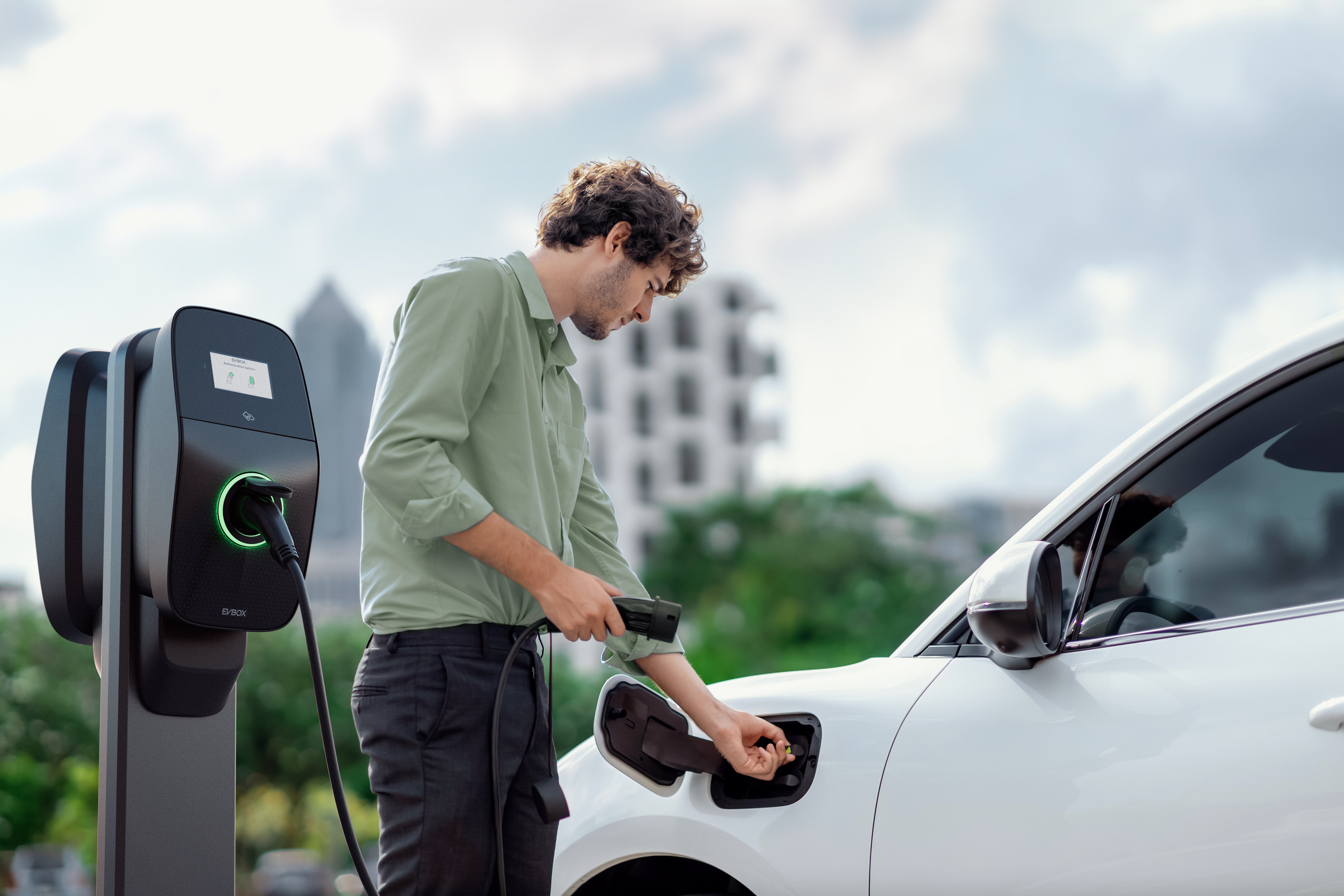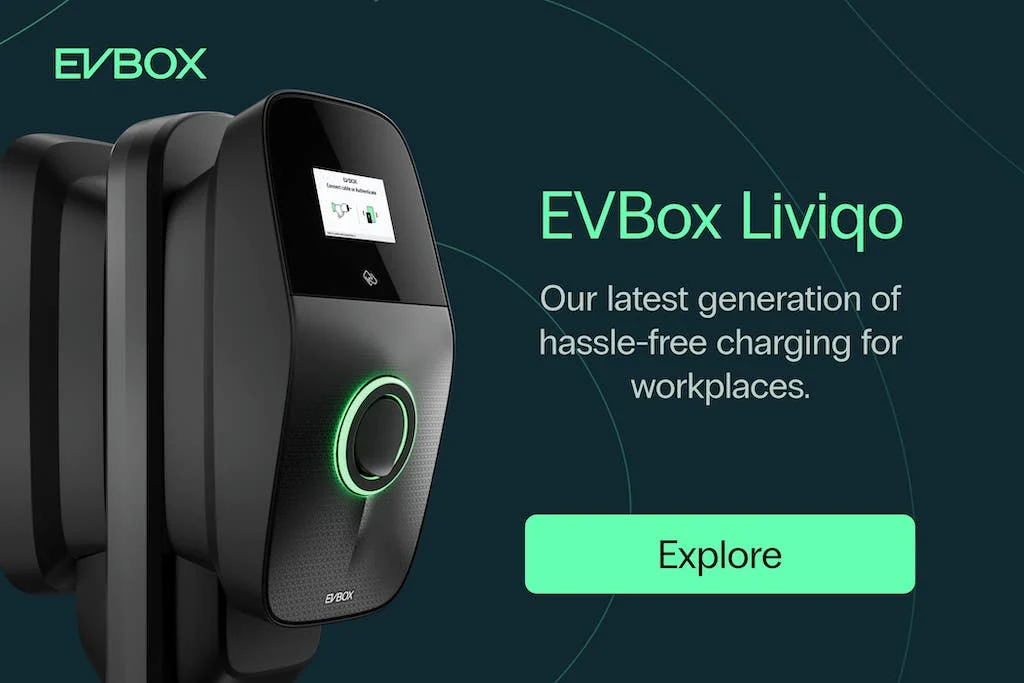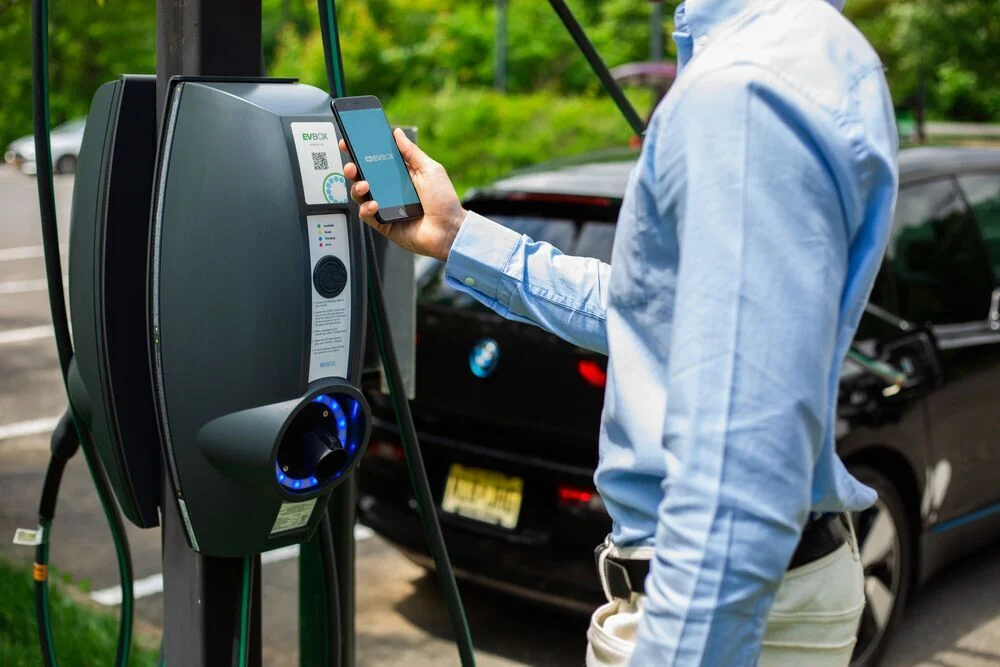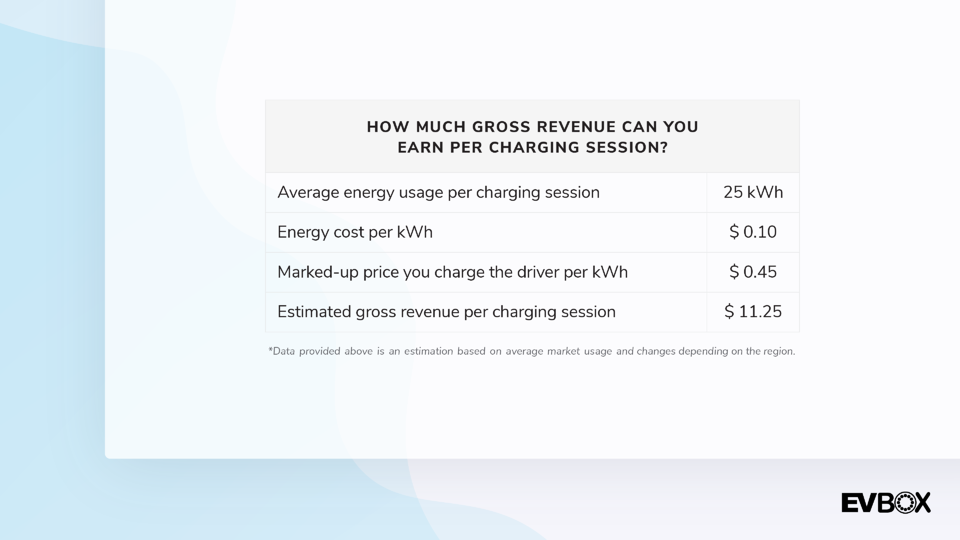Last updated on March 24th, 2023 When it comes to setting up an EV charging infrastructure at the workplace, there are generally two primary business models to consider, depending on your company's specific needs and objectives. Two Key EV Charging Models for Workplaces EV Charging as an Employee Benefit Employees enjoy free access to EV charging facilities without any additional cost. EV Charging as a Revenue Generator Both employees and visitors can charge their vehicles, but they must pay based on a predefined tariff. You can also offer discounted rates to employees. For instance, you could provide employees with a discounted rate, while visitors and customers would pay the full price. This strategy not only generates extra income but also opens up opportunities to attract more customers through accessible charging services. Each model has its pros and cons, so the best choice depends on various factors like company size, location, and target audience. Regardless, implementing charging management software is highly recommended to handle billing and transactions smoothly. This article delves into the two most common EV charging business models for the workplace and discusses how they can benefit your organization. Worldwide, the electric vehicle (EV) market is expanding rapidly. Sales doubled in 2021, surged by 60% in 2022, surpassing the 10 million mark for the first time, and now account for 8.3% of the global car market. Clearly, we're moving toward electric mobility, and workplaces are no exception. Many organizations are now considering electrifying their fleets due to sustainability benefits and long-term cost savings. While EVs may initially appear more expensive, the total cost of ownership (TCO) is often lower than traditional internal combustion engine (ICE) vehicles in many cases. Even if your company doesn't maintain a fleet, installing EV charging stations can still be advantageous. As more employees switch to EVs, providing charging facilities can enhance employee satisfaction and even attract new talent. With EV adoption on the rise, more employees will inevitably start driving electric cars. Offering workplace charging can significantly boost employee satisfaction and make your organization more attractive to potential hires. One of the biggest advantages of EVs is the ability to charge wherever and whenever convenient, eliminating the need for trips to gas stations. For many drivers, home charging is ideal, but workplaces are a close second in terms of preferred charging locations. Not all employees have the luxury of installing a charger at home, whether due to lack of private parking or challenges in connecting to the power grid in shared housing. These employees face greater hurdles when considering switching to electric mobility, relying heavily on public charging infrastructure. Addressing this challenge by offering workplace charging can make a significant difference. However, workplace charging doesn’t have to be free. Even a discounted rate for employees can serve as an additional revenue stream. Moreover, providing EV charging facilities offers numerous other benefits to your business. Many businesses see their parking lots filled with visitor cars, including clients, partners, and customers. These individuals are increasingly driving EVs and would appreciate the option to charge their vehicles at your office. Depending on your business type and location, opening up a few parking spots to the public could attract new customers and even generate additional revenue from charging fees. Let’s explore the different business models for offering EV charging at your workplace. Offering free EV charging to employees is a great way to enhance your employee value proposition (EVP). Benefits are essential for attracting and retaining top talent and can differentiate your company from competitors. Studies show that 71% of employees consider a company’s environmental practices when choosing an employer. Although free EV charging alone won’t guarantee employee happiness, it’s a valuable perk that employees will likely appreciate. It aligns with the growing trend of companies prioritizing sustainability and environmental responsibility. While offering free EV charging has its merits, another approach is to charge users for access to the charging stations. This can create an additional revenue source for your business while covering the cost of electricity. Depending on your industry and location, installing publicly accessible chargers can also attract more customers to your business. You can implement various pricing strategies, such as charging a flat rate per hour or based on energy usage. Additionally, employees can receive discounted rates compared to visitors, enhancing satisfaction without losing out on potential revenue. No matter the model, managing multiple user groups requires careful planning. To handle complex billing scenarios efficiently, charging management software is highly recommended. In today’s digital age, data-driven insights are critical for making informed decisions. Modern EV charging stations come equipped with connectivity features, allowing integration with advanced software management systems. Such software enables easy asset management, customizable pricing plans, and analysis of driver behavior. Smart charging solutions, like load balancing, optimize energy usage by distributing capacity intelligently among charging stations, preventing overloading the grid. For invoicing purposes, smart charging software ensures accurate cost attribution and automated payments, minimizing manual effort and streamlining operations. Reporting tools provide valuable insights into charger performance, usage patterns, and energy efficiency, empowering businesses to refine their strategies. As EV adoption accelerates, the demand for charging infrastructure is rising rapidly. Almost half of drivers are now considering purchasing an EV, highlighting the urgent need for sufficient charging options. According to ChargeUp Europe's report, the number of EU charging points is expected to jump from approximately 3 million today to nearly 30 million by 2030, with workplace chargers projected to grow from 10% to 15%. In the U.S., research suggests that over 2.4 million non-residential chargers will be required by 2040 to support widespread EV adoption. In the UK, workplace chargers already outnumber public ones. Workplaces worldwide are uniquely positioned to capitalize on this trend by either satisfying employee needs, attracting new talent, or generating additional revenue streams. For more information on workplace EV charging, check out our comprehensive guide or explore our charging solutions.
CJ JAW CRUSHER
The JAW CRUSHER is mainly used as a coarse crusher, which aims to crush the demonstration into smaller particles while processing the subsequent crushing section. Because it can effectively handle a large number of hard rocks, JAW CRUSHER is a popular alternative to coarse crushing cycle crusher. Due to its small size, JAW CRUSHERs are also suitable for applications in narrow spaces, such as underground mining and mobile crushing applications.
Advantage:
(1) Unparalleled reliability: pin and bolt connection and non welded frame structure, high-quality components.
(2) High output and high crushing ratio: excellent feeding capacity and efficient jaw movement.
(3) Simple installation, operation and maintenance: it can be transported separately, monitored remotely and adjusted at the discharge port.
(4) A variety of options: lifting tools, safe flywheel and driving device protective cover, maintenance platform.
Cj Jaw Crusher Parts,Oem Jaw Plate,Process Eccentric Shaft,Eccentric Shaft Crusher Parts Shenyang Ule Mining Machinery Co., Ltd , https://www.ulecrusherparts.com

More Employees Will Drive Electric Cars
Why EV Charging at Work Matters

Support Your Employees in Transitioning to EVs

EV Charging for Visitors at Your Office

EV Charging Business Models
1. Free EV Charging for Employees

2. Workplace EV Charging as a Revenue Stream

Charging Management Software for Workplace EV Charging

The Growing Need for EV Charging Infrastructure
EV charging station business models for the workplace [2023 update]
Sure! Here's the rewritten content in English:
---
---
This version maintains the essence of the original content while expanding and refining it for better readability and flow.